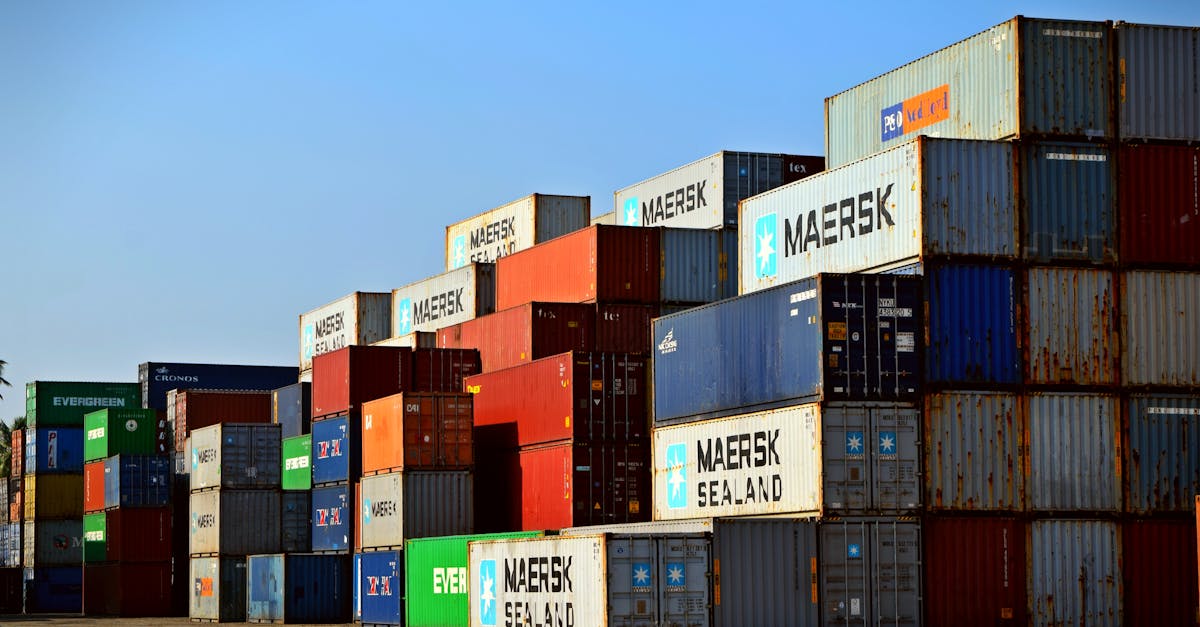
Sizing Up Your Storage Requirements for Indoor Self Storage UnitsAlarm Systems for Immediate Response to Suspicious Activity
Alarm systems are a critical component of ensuring the security of outdoor self-storage units. These systems are designed to provide an immediate response to any suspicious activity, alerting both storage facility staff and law enforcement to any potential threats. By investing in advanced alarm systems, storage facility operators can greatly enhance the safety and security of their premises. Intrusion detection alarms are a key feature of effective alarm systems for outdoor self-storage units. These alarms are triggered by unauthorized entry attempts, such as forced entry or tampering with unit doors. When an intrusion detection alarm is activated, it immediately sends a signal to the monitoring system, prompting a swift response to investigate the situation and take appropriate action. By incorporating intrusion detection alarms into their security framework, storage facility operators can deter criminal activity and protect the belongings of their customers. Intrusion Detection Alarms
How do alarm systems contribute to immediate response to suspicious activity iAnother aspect to ponder when preparing for long-term storage is the need for insurance coverage. While reputable storage facilities offer security measures, having insurance can provide an added layer of protection in case of unforeseen events such as theft or natural disasters. It's wise to review your insurance options and choose a policy that aligns with the value of the items you plan to store for the long term.n outdoor self storage units?
Think About Future Storage NeedsAlarm systems can alert authorities or security personnel in real-time when unauthorized access or suspicious activity is detected, enabling swift action to prevent potential theft or vandalism.
When considering future storage needs, it is important to anticipate any potential lifestyle changes that might affect the amount of storage space required. Factors such as expanding your family, downsizing your home, or acquiring new hobbies that require specific equipment can all impact the amount of storage space needed. By thinking ahead and considering these possibilities, you can better plan for your future storage requirements and ensure that you have adequate space available when needed.What are intrusion detection alarms, and how do they help in securing outdoor self storage units?
Related Links
Determining the Appropriate Indoor Self Storage Unit Size for Your ItemsMatching Your Inventory to the Ideal Indoor Self Storage Unit Size
Finding the Right Fit: Selecting the Ideal Indoor Self Storage Unit Size
Choosing the Correct Size Indoor Self Storage Unit for Your Possessions
Calculating Space Requirements for Indoor Self Storage Units
Tips for Estimating the Right Size Indoor Self Storage Unit
Understanding Your Storage Needs for Indoor Self Storage Units